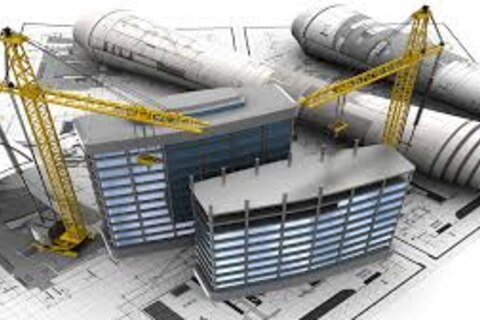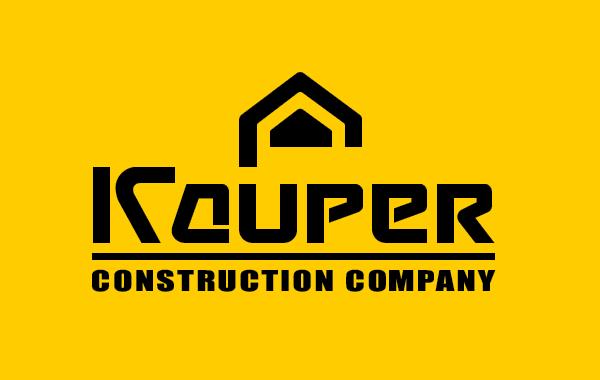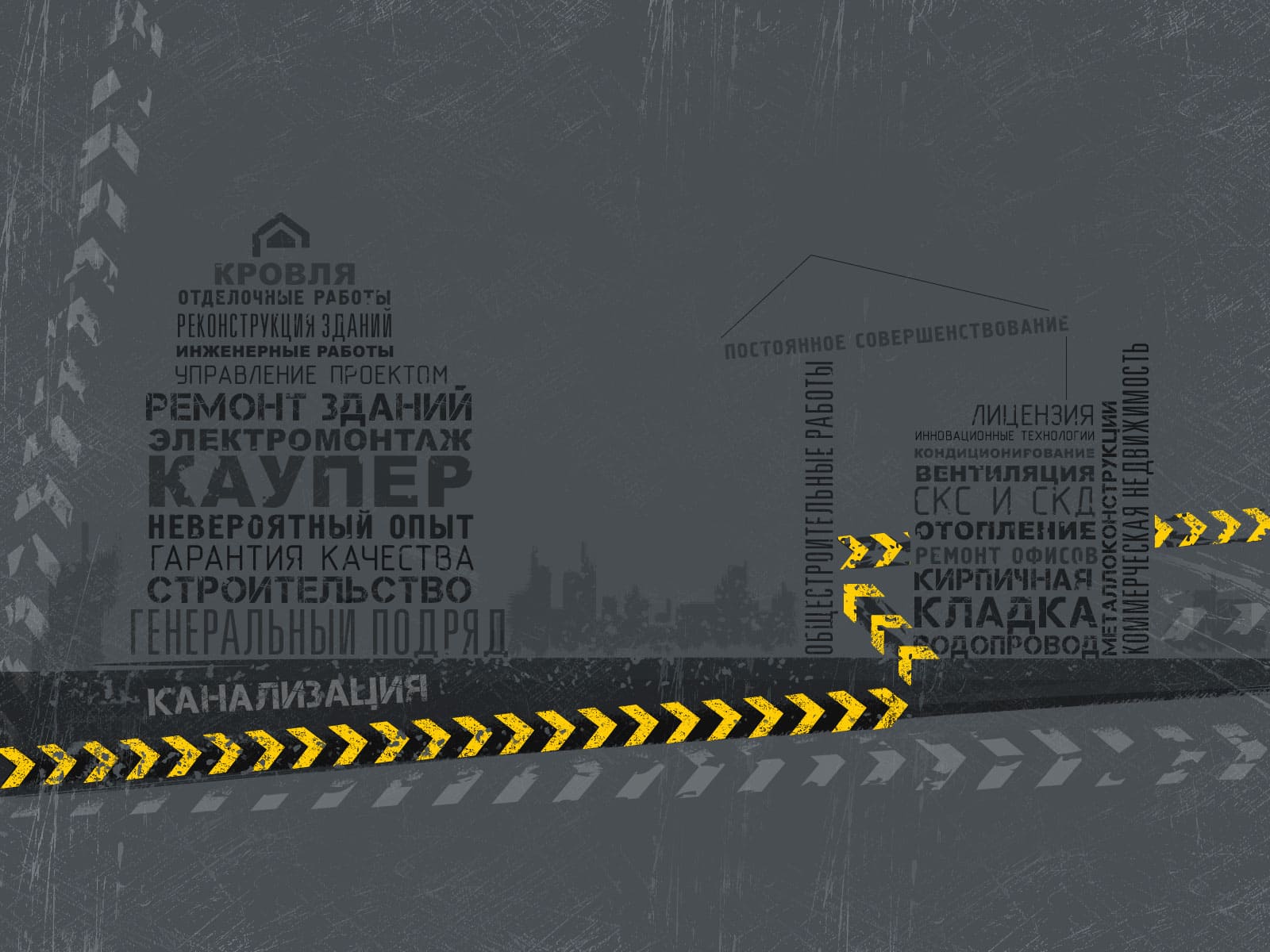Turnkey Commercial Construction: What the Service Includes

Commercial construction is a complex and multi-stage process that requires careful planning, a professional approach, and well-coordinated teamwork. That’s why more and more companies are choosing the turnkey construction model, which helps save time and resources while avoiding many typical pitfalls on the construction site.
In this article, we’ll explore what turnkey commercial construction entails, what services are included, and the main benefits for the client.
What Does “Turnkey” Mean in Construction?
A turnkey construction project means the entire process — from concept to completion — is managed by a single contractor, usually a general contractor. The client receives a fully operational building that’s ready for use without the need to coordinate multiple contractors or service providers.
This model is ideal for building:
-
Office centers
-
Retail and entertainment complexes
-
Restaurants, cafes, and hotels
-
Warehouses and logistics hubs
-
Industrial and manufacturing facilities
Key Stages of Turnkey Commercial Construction
1. Pre-Design Analysis and Preparation
The contractor works with the client to define the project scope, analyze the construction site, clarify functional requirements, and establish the budget.
2. Design and Engineering
The contractor manages the creation of architectural, structural, and MEP (mechanical, electrical, plumbing) designs, ensuring full regulatory compliance.
3. Permits and Approvals
This stage includes acquiring building permits, utility connection approvals, and other legal documentation required for the project to begin.
4. Site Preparation
Includes clearing the site, installing fencing, setting up a construction camp, and arranging for equipment and materials.
5. Core Construction Work
The main construction phase includes foundations, structural framing, roofing, and external utility installations — all done according to the project plan.
6. Interior Works and Finishing
Installation of all internal systems (electricity, HVAC, plumbing), wall and floor finishes, windows, doors, and lighting.
7. Commissioning and Testing
All systems and equipment are tested and launched, ensuring the building is fully functional and ready for use.
8. Final Handover and Certification
Completion of technical documentation, obtaining occupancy permits, and final handover of the project to the client.
Benefits of Turnkey Construction
-
Single point of responsibility – one contractor manages the entire project.
-
Time efficiency – better coordination of work leads to faster project delivery.
-
Budget control – predictable costs and minimized financial risks.
-
High quality – experienced professionals ensure compliance with standards.
-
Flexibility – easier to make adjustments without delaying the entire process.
Why Choose a Turnkey Approach for Commercial Projects?
In commercial real estate, time is money. The faster a property is completed and put into operation, the sooner it begins to generate revenue. A turnkey solution eliminates unnecessary stress, delays, and miscommunication between multiple contractors — delivering a finished, high-quality product in a streamlined way.
Turnkey commercial construction is a smart, modern solution for businesses that value speed, reliability, and quality. By partnering with an experienced contractor, you gain peace of mind and can focus on launching or expanding your business while the construction is handled by professionals.
Looking to start your own commercial project? We’re here to help — from concept to grand opening.

